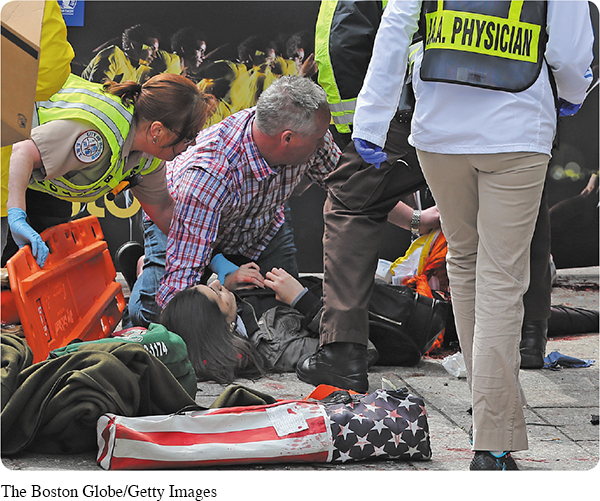Chapter 19: Under What Circumstances Do Bystanders Have an Ethical Obligation to Intervene?
662
See the additional resources for content and reading quizzes for this chapter.
DEBATE

663
In 1964, twenty-
Some writers, such as Joe Nocera, the author of “It’s Hard to Be a Hero,” say that we have an unqualified obligation to help those in need. They praise individuals who respond in a crisis and condemn those who find reasons not to. Even if the Genovese case is wildly overstated, scenarios like it—
On the other side of the debate, writers like Lenore Skenazy claim that we have taken our collective social guilt about Kitty Genovese too far, and as a result, we intervene when we should simply stand by and watch. This tendency leads to concerned neighbors’ calling authorities whenever they see unaccompanied children walking down the street or playing in a park, whether they are in danger or not. The cost of this overabundant concern is substantial: it is expensive for law enforcement to respond to calls, and reacting to nonexistent problems pulls police away from situations in which they might actually be needed.
664
As you read the two essays that follow, try to think of ways to address this debate question. For example, how does the widespread ability to take pictures and videos with smartphones affect people’s inclination to step in and help? Which group of bystanders are you most likely to fall into: those who act heroically, those who do nothing, or those who panic and flee?